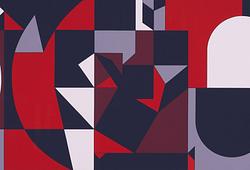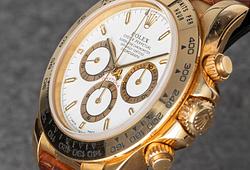Liss Eriksson
LISS ERIKSSON, a bronze sculpture. Signed and numbered 2/5. Foundry marked cire perdue Valsuani.
Height 67 cm. Wooden base is included. Height 130 cm.
With insignificant wear. Wooden base with cracks.
More information
Efter andra världskrigets slut blommade nya konstriktningar ut i Sverige. År 1947 visades utställningen Ung Konst på Färg och Form. Detta blev upptakten för konstnärsgruppen 1947 års män, som kom att bli synonymt med konkretisterna. Utställningen dominerades av måleri - Liss Eriksson var en av två skulptörer. Samma år reste Liss, på stipendium, till Paris tillsammans med sin fästmö och blivande hustru konstnärinnan Britta Reich-Eriksson (född 1918) och studerade för Jean Osouf och Henri Laurens. Studieresan i Frankrike kom att vara i fem år. Osouf kom att bli en nära vän och hans barn fick ofta stå modell för Liss.
Artist
Liss Eriksson was born in Stockholm and was the youngest child of the sculptor Christian Eriksson and Ebba Dahlgren. He grew up in his father's studio on Maria Prästgårdsgatan in Södermalm, Stockholm. He initially studied to become an architect at Norrköpings Technical High School in 1938, but quickly aborted his schooling to study at the Royal Institute of Art under the tutorship of Nils Sjögren and Eric Grate.
In the year 1947, Eriksson participated alongside Arne Jones in the Exhibition Young Art at Färg och Form, which sparked interest with the artist group 1947 års män. After this Eriksson travelled to Paris with his wife and artist Britta Reich-Eriksson (born 1918) and studied under Jean Osouf and Henri Laurens, staying in the city until 1951, when he later moved back to Stockholm and took over his father's studio.
Liss Eriksson was early on influenced by the French school, Aristide Maillol and Henri Laurens, but even by the Swiss artist Alberto Giacometti.
Read more












































